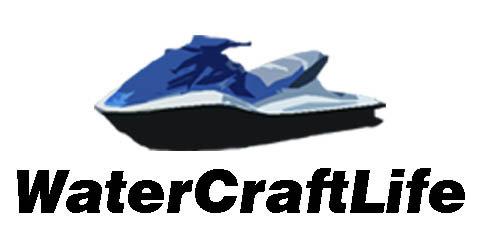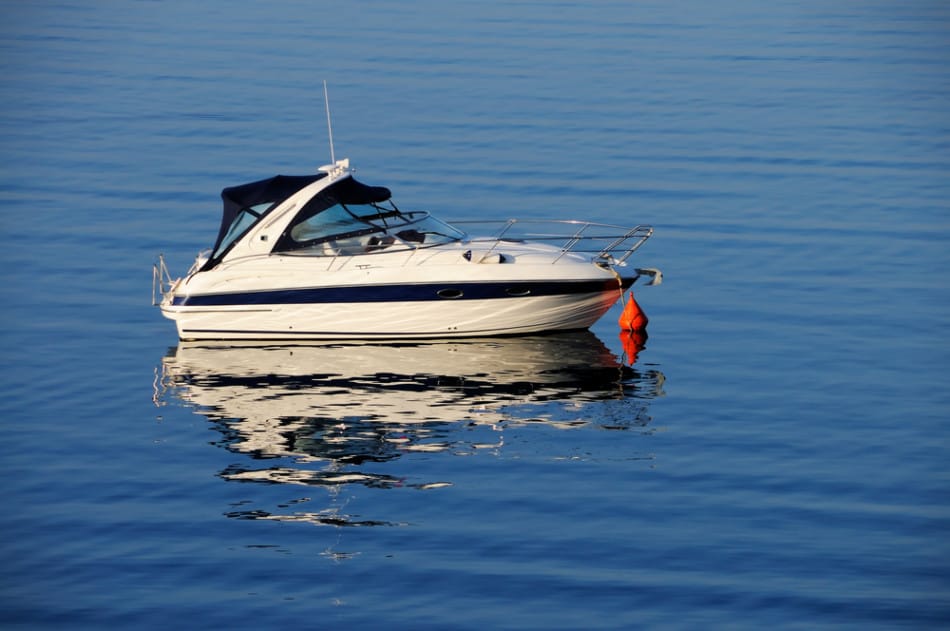Anchoring your boat is always possible with the right equipment (traditional anchors or “sea anchors”), but it isn’t always safe to do so during inclement weather. You should never take your boat out if there is a storm coming in, but sometimes they can take you by surprise. At that point, you may be wondering whether or not to drop anchor to ride out the storm.
When a storm hits, boaters will either secure their boat at a marina, anchor it, or ride the storm out. If you are in shallow enough water, you should drop anchor to keep it from drifting out to sea or into rocks and other boats. This is especially true if your engine dies during the storm.
It is especially important to note that when you anchor during a storm, do not anchor off of the stern because it can cause damage to the rudders, their shafts, and the shaft logs. The boat was constructed to point its bow towards the waves and wind to offset resistance to the elements. If you point the stern at the oncoming waves and wind, it increases the resistance of the air, water, and ultimately the gear, which needs to be working while boating during a storm.
How to Drop Anchor for a Storm
The first thing you should do when preparing to drop anchor for a storm is to check your surroundings. You don’t want to be near other boats when a storm is coming because anchors can drag and allow boats to crash into each other.
Check downwind to make sure there aren’t any other hazards in that direction. You want your boat to be blown away from hazards like rocks and other boats when the wind hits.
Position your boat in the correct place for anchoring. If you can, dive down and check the type of bottom that the anchor will be set on. The ideal type of sea floor for anchoring is sand because it provides the most traction for the anchor to stay in place. If it’s in grass, you may want to move it because the anchor could accrue an excess of grass and mud if it drags and that won’t let it set as well when it comes to a stop again.
Next up, determine your scope, which is the ratio between the length of the line attached to your anchor (rode: The rode is the line that connects the anchor to the boat) in relation to the depth of the water. Keep the freeboard in mind as well, which is the distance between the deck and the water. Experts suggest using a ratio of 3 to 5 times the depth for this, so if you are in water that is 20 feet deep, then you will use 80 feet of rode using a 4x ratio.
If there is a storm, increase that ratio to allow for more movement. Many people increase it to a ratio of 7 to 8 times the depth, but only if it is safe to do so. Alternatively, providing too much rode can be catastrophic by causing the boat to sail off the anchor or allowing it to hit other boats or hazards.
Once the storm hits, the rode will be pulled back by the wind and the waves will push it up and down. The more line you have out to your anchor, the less the rode will jerk up and out. Keep in mind that the more rode you use, the more of a horizontal pull there will be on the anchor. Similarly, less rode will cause a more vertical pull. Using extra rode will make your anchor more likely to drag and reset rather than get pulled through the water.
Many people purchase additional items to ensure safety and reliability of the anchor during a storm. Some of these things include a snubber or bridle with anti-chafing guards to reduce the stress on the windless mechanisms and anchor alarms to let you know if you are dragging.
When you have finished dropping anchor, remove any wind-catching items on the boat that may cause it to drag in certain directions. This includes pulling down your sprayhood, bimini, cockpit enclosures, and anything else that would be damaged by the wind.
Should I Use Two Anchors in a storm?
Many people in larger boats will use two anchors when confronting a storm. If you are using two, the heaviest anchor should be placed towards the wind so that the boat will have the safest gear in front of you regardless if the wind changes direction or not.
Setting the second anchor comes after determining which direction the wind will likely go. If you expect it to gust to the right, then set the second anchor on the right. Turn the boat in the direction where you’ll place the second anchor and move forward. Keep going until you have gone the same distance upwind that the first anchor went.
Once you place the second anchor, fall back on the rode freely. You have to play out the rode from the first anchor in order to properly set the second one. Once you’ve done that, drop off on the second rode and back down on the first one until the first anchor has been reset, which is necessary to ensure safety. Slacken the two rodes until you have an 8-10 to 1 scope.
After all of this is done and if you are able to do so before the storm hits, dive back down to check that the anchors have set well so you know they will hold during bad weather.
Final Thoughts
To conclude, the safest thing you should do before taking your boat out is to check the weather. It is not always possible to tell when a storm will come because they happen out of nowhere sometimes, but the best thing you can do is be prepared with knowledge on what to do if you do find yourself in a storm.
Equip your boat with safety devices like snubbers or bridles with anti-chafing guards and anchor alarms to give you the best chance of success for enduring a storm. Knowledge and preparation are the key factors for doing this and should be the priority for every boating trip regardless of weather.


